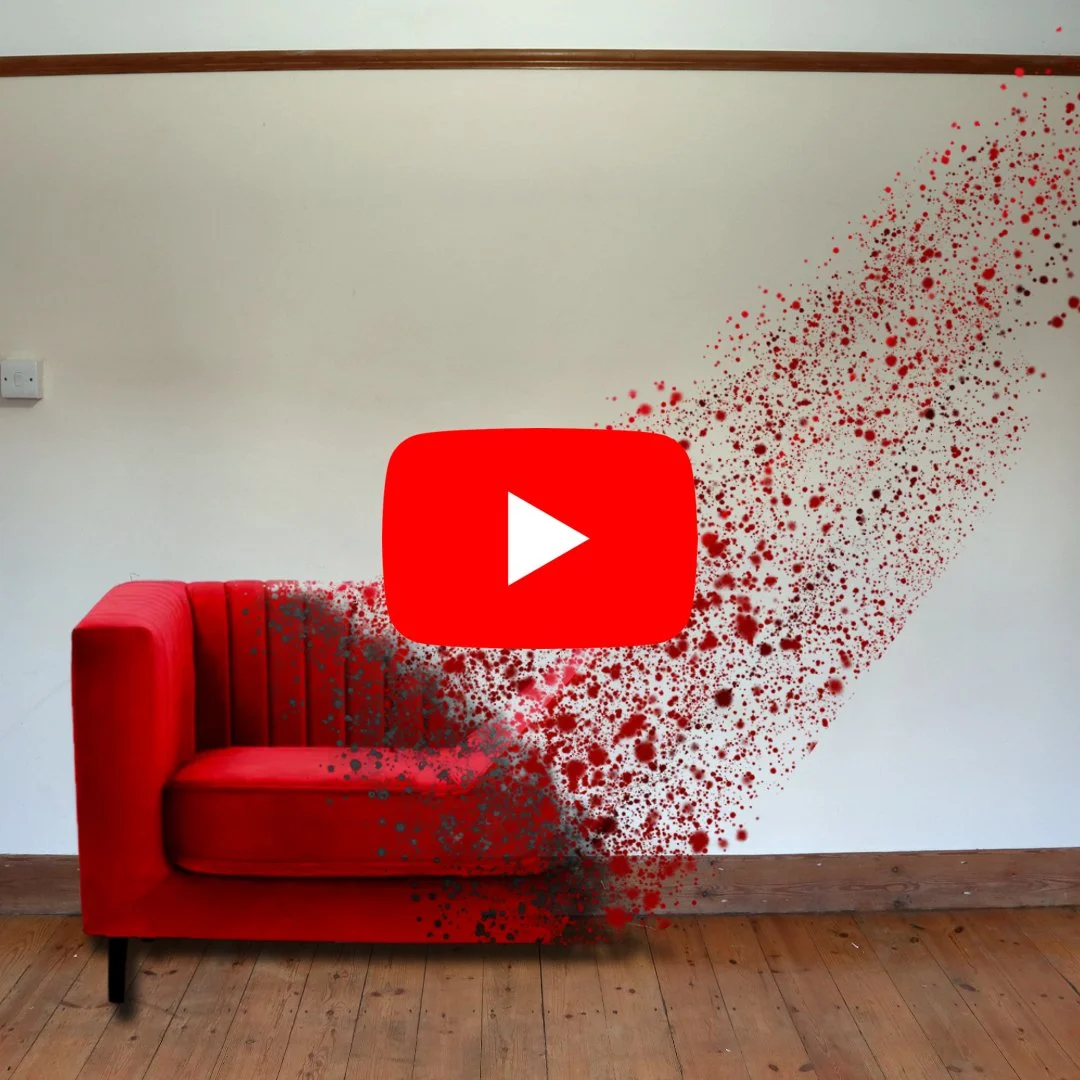Flight-or-Fight Triggered By Bones Not Adrenaline
New research out this month may completely change how we think about how acute stress responses occur. In the study headed by Gérard Karsenty chair of the Department of Genetics and Development at Columbia University, they found that almost immediately after the brain recognizes danger, it instructs the skeleton to flood the bloodstream with the bone-derived hormone osteocalcin, which is needed to turn on the fight-or-flight response.
Our current model is based around the idea that, when faced with danger, our hypothalamus activates two systems: the sympathetic nervous system which uses nerve pathways to initiate reactions in the body, and the adrenal-cortical system, which uses the bloodstream. Both of the systems together combine to create the fight-or-flight response. The problem with this model is that hormones such as cortisol require hours to alter physiological responses which seems inconsistent with the need for an immediate response to danger.
“If you think of bone as something that evolved to protect the organism from danger - the skull protects the brain from trauma, the skeleton allows vertebrates to escape predators, and even the bones in the ear alert us to approaching danger - the hormonal functions of osteocalcin begin to make sense.”
The study wanted to find out if osteocalcin worked fast enough to assume responsibility for the fight-or-flight response and they measured osteocalcin spikes in both humans and mice. The stress of public speaking caused osteocalcin spikes in people’s bloodstreams and when mice were exposed to the urine of a predator, they showed a similar spike followed by increases in heart rate, body temperature and blood glucose levels.
In a follow-up test, the researchers disabled the production and reception of osteocalcin in mice and when they were exposed to the urine of a predator, this to failed to trigger an acute stress response as it had done before. Researchers were able to bring on an acute stress response in unstressed mice simply by injecting large amounts of osteocalcin.
More tests found that animals continued to show a stress response even when they had been genetically engineered without corticosteroid and other stress hormones which the researchers attributed to the circulating levels of osteocalcin which they claimed are enough to drive the acute stress response. “In bony vertebrates, the acute stress response is not possible without osteocalcin,” says Karsenty.
Although one study cannot be considered definitive, this opens up the possibility of a new way of thinking about our body and our bones; they may not merely be ‘an assembly of calcified tubes’. If our skeleton affects other systems in the body, what does this mean for people who suffer from skeletal issues such as osteoporosis, osteoarthritis or multiple fractures? What about people who are chronically stressed? What connections exist that we haven’t made yet?
- F
REFERENCE
Julian Meyer Berger, Parminder Singh, Lori Khrimian, Donald A. Morgan, Subrata Chowdhury, Emilio Arteaga-Solis, Tamas L. Horvath, Ana I. Domingos, Anna L. Marsland, Vijay Kumal Yadav, Kamal Rahmouni, Xiao-Bing Gao, Gerard Karsenty, Mediation of the Acute Stress Response by the Skeleton, Cell Metabolism, 2019, ISSN 1550-4131, https://doi.org/10.1016/j.cmet.2019.08.012.










What are the most common misconceptions about furniture free? Well these are my top three!